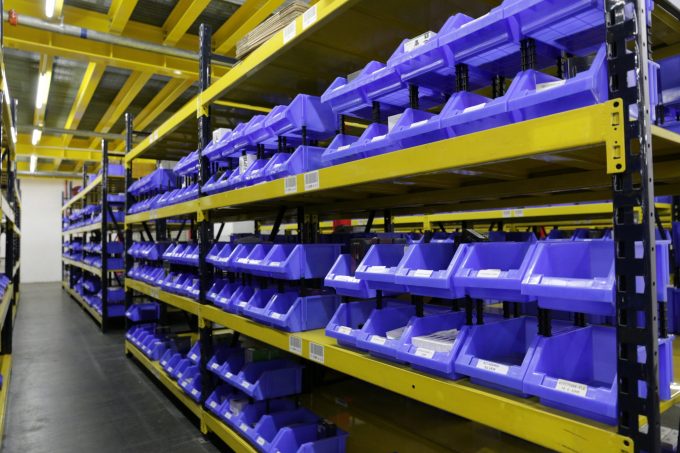South Korean low-cost carriers target growing air e-commerce traffic
South Korean low-cost carriers are moving into the air freight business as e-commerce traffic boosts ...

Shippers and consignees need to brace themselves for a significant increase in US warehousing costs, according to real estate giant CBRE.
It warned that rampant demand, coupled with tight supply and rising construction costs, could drive up warehousing rents by 10% this year.
And the scramble for warehouse capacity is not confined to North America. UK market research firm Interact Analysis predicts double-digit growth in the global warehouse and fulfilment sector over the next five years.
Its analysts expect the global warehouse building ...
Asia-USEC shippers to lose 42% capacity in a surge of blanked sailings
USTR fees will lead to 'complete destabilisation' of container shipping alliances
New USTR port fees threaten shipping and global supply chains, says Cosco
Outlook for container shipping 'more uncertain now than at the onset of Covid'
Transpac container service closures mount
DHL Express suspends non-de minimis B2C parcels to US consumers
Zim ordered to pay Samsung $3.7m for 'wrongful' D&D charges
Flexport lawsuit an 'undifferentiated mass of gibberish', claims Freightmate

Comment on this article